Proper pipe selection for a plant is really a difficult task. Organized efforts of Metallurgist and Process Engineers are required for proper pipe selection. There are two approaches to pipe selection that are normally followed in industries.
Selection of Pipe by Pipeline Approach
When pipelines and production facilities are being built the emphasis is placed on the pipe wall thickness. Generally, there is a great amount of pipe, and quantities of fittings and valves are small by comparison. Minimizing the pipe wall is the major economic factor. The extra cost of custom-made fittings is far outweighed by the savings on the pipe. The pipe is purchased by weight, so the added cost of high-strength material to lower the pipe wall is a reasonable consideration. When high-strength material is specified, extra inspection and more stringent interpretation are also necessary. The cost of the extra inspection is also a reasonable consideration. Spare parts warehousing is a small consideration.
Plant Pipe Selection Approach
When plants are built, the pipe selection emphasis is on standardized materials. The design is such that materials made to the specified standard are adequate for the service. Certain specific services may require additional inspection or special requirements, but these are for service, and not economics.
Materials are usually purchased from warehousing companies. The relative cost of pipe is a considerably smaller percentage of the total cost, compared with pipelines. The cost of machinery and equipment takes a large part of the budget. The cost of fittings and particularly valves make up a large part of the whole piping budget. The easy, and quick procurement of spare, and replacement parts, becomes very important. Pipe walls may be bumped up, if the quantity is small, to a greater thickness that is more available or already specified in large quantities. There is a price vs. availability relationship that is easy to overlook.
Pipe Selection Guide: Price vs. Availability
The price vs. availability relation can be shown by the following examples. Type 304 stainless steel costs less than type 316. Many valve manufacturers standardize on type 316 because it is generally suitable for type 304, and 316 services. If type 304 is the only choice, a valve will have a higher price and extended delivery. Even if the price is the same, the lack of availability can slow a project.
The actual material is normally specified by the process licensor, company, or project metallurgist, or is part of the Process Package. The selection of pipe is limited by the design condition and specific service as mentioned below:
Design Limitations while piping selection
Pipe Material:
Pipe material is defined by material, type of joint, joint efficiency, wall thickness, etc. The pipe has a material name. Typical names are carbon steel, stainless steel, and chrome-moly steel. The pipe has a material type. Typical types within the material names are killed steel, low-temperature carbon steel, carbon steel, austenitic stainless steel, ferritic stainless steel, type 316 stainless steel, 11/4 Cr – 1/2 Mo, and so on.
The pipe has a manufacturing standard. Typical material standards for pipe are ASTM A106, API 5L, ASTM A333, and ASTM A671, for carbon steel, ASTM A312, and ASTM A358, for stainless steel, and ASTM A355, and ASTM A691. Again each Pipe has a material grade. Typical grades are Grade B, X60, TP304, and Gr 11/4 Cr.
Pipe Sizes:
- The outside diameter of the steel pipe shall be in accordance with API Spec 5L Table 6.2. Intermediate sizes and the sizes NPS 1/8, 1/4, 3/8, 1-1/4, 2-1/2, 3-1/2, and 5 shall not be used except when necessary to match equipment connections. In this case, a suitable transition shall be made as close as practical to the equipment.
- The minimum allowable pipe size, including vents and drains, is NPS 3/4.
Wall Thickness of Pipe:
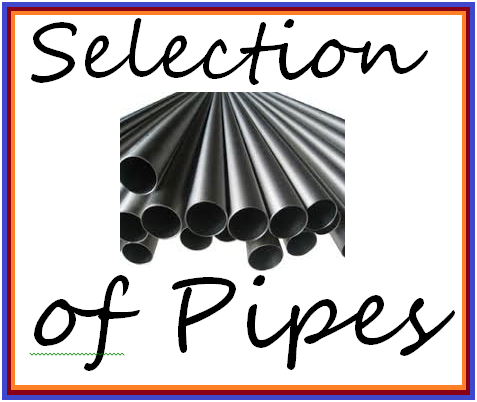
- The standard for Wall Thickness: Wall thickness may be expressed as wt, std, xs, and XXS, schedule, and plate thickness. Weight classes and schedules are defined in ASTM A53.
- Pipe Made From Plate: A pipe made from a plate shall have the wall thickness expressed in mm.
- Minimum Wall Thickness: The minimum wall thickness for the pipe is generally the minimum thickness that will stand under its own weight, with minimum deflection. Wall thickness is always calculated for the design temperature and pressure, in accordance with the appropriate ASME B31 code.
- Wall Thickness Standardization: Wall thickness standardization is necessary to minimize stocking requirements, and take advantage of quantity pricing. In the plant approach, the pipe is not specified in a vacuum. The pipe is welded to flanges and fittings in relatively large quantities. The major criterion in pipe wall selection may not be from temperature and pressure, but from the availability of fittings and flanges. Piping is a system, and other items must be considered during selection. When a pipe is made from a plate, the accompanying fittings may be in a special order, and affect the critical path.
Piping End Connections:
- Threaded End Pipe: Threaded pipe shall be provided threaded and coupled.
- Pipe for Socket weld Systems: Pipe intended for socket welding shall be square cut.
- Butt-welding Ends: Butt welding ends shall be in accordance with the requirements of ASME B16.25.
Lengths: Pipe shall be supplied in double random lengths.
Galvanizing: Galvanizing shall be applied in accordance with ASTM A53.
Pipe Joints:
Seamless Pipes:
- Wrought Pipe: Seamless pipe is made by extrusion, or by piercing and rolling
- Casting: Cast pipe suitable to be qualified as seamless must be centrifugally cast.
- Forging: Seamless pipe can be made by the forging and boring process.
ERW Pipe:
ERW pipe is Electric Resistance Welded. In this process, a flat plate is formed into a cylinder and put through energized rollers that press the seam together and provide a resistance weld. ERW pipe has reduced allowable than seamless.
EFW Pipe:
- Electric Fusion Welded Pipe: EFW pipe is rolled into a cylinder and welded with filler material. This is a fusion weld and may be qualified to several levels.
- DSAW: Submerged Arc Welding is a common form of EFW. Depending on thickness, the manufacturing standard calls for a single or double weld. The thinner walls are welded outside, and thicker walls are welded inside and outside, hence Double Submerged Welding, or DSAW.
- Type-F: Furnace butt-welded pipe, also known as type F, is used in petrochemical applications only for water.
Straight Seam:
Straight seam refers to a straight seam parallel to the longitudinal axis. The hoop stress has no component in the axial direction. A straight seam is made by drawing a plate through a series of rollers to make it a cylinder, for welding.
Spiral Seam:
A spiral welded pipe is made in a special machine that takes coiled steel and rolls it into a spiral, which is welded into a pipe. This is a relatively continuous process. The machine makes it relatively easy to change pipe size. The convertibility of the machine and the limited stock required make this machine ideal for local production. Spiral welded pipe is not readily accepted in the industry for other than water, despite the favorable cost, and recent tightening-up of the standard.
Joint Efficiency of Pipe:
- All pipes that are not seamless are subject to joint efficiency. The committees that publish the codes place a restriction on the allowable stress for the welded pipe. This restriction is in the form of a joint efficiency, clearly stated in the codes.
- A pipe can be qualified for higher joint efficiency by inspection. The major factor is radiography. The type and extent of radiography are listed in the codes.
Special Requirements during pipe selection
There may be special requirements for the base material, fabrication, or inspection. These special requirements shall be clearly indicated in the Purchase Description.
Mill Test and Chemical Analysis Report:
- A certified mill test and chemical analysis report shall be submitted by the Seller of all alloy pipe (including ASTM A333), and all pressure-containing alloy piping components made from pipe not clearly marked in accordance with MSS SP-25.
- A certified mill test and chemical analysis report are also required for carbon steel pipe, nipples made from pipe, swages, and all pressure-containing carbon steel components made from pipe not clearly marked in accordance with MSS SP-25, for use in ASME Section I or ASME B31.1 piping systems.
- When alloy material and carbon steel, as noted above, are purchased by an outside shop pipe spool fabricator, the fabricator shall obtain these reports.
Piping Nipples:
Pipe Nipples with schedule 160 shall be installed in sizes NPS 2, and smaller pipe sizes in vibration service where bracing cannot be effectively provided.
Piping Material Classes:
The piping material classes in these standards show the actual selections for piping, as well as all piping materials, by example. The classes show pipe and all of the associated materials for each service. These classes are to be used as a basis for new services.
Pipe Selection with Specific Service Limitations
Carbon Steel Pipes:
Carbon steels are used in a variety of cases.
- Low-Strength Steel: Low-strength steels are generally only used for open piping, such as gravity sewers.
- Regular Steel: Regular steels are used for general service, including water, and hydrocarbons. These are services with no special requirements.
- Low-Temperature Carbon Steel: Low-temperature carbon steel is steel that has been killed to improve the microstructure to raise the fracture toughness, to reduce susceptibility to brittle fracture. Low-temperature carbon steel must be qualified by impact testing.
- Killed Steel: Killed steel has the same improved microstructure as low-temperature carbon steel, but the improved microstructure reduces susceptibility to sulfide cracking, as well as other related cracking. The fine grain structure and quality of structure also provide resistance to hydrogen attack.
- NACE: When a pipe is to be used in wet H2S, NACE MR0175 is invoked to assure resistance to sulfide cracking, including the use of killed steel.
- High-Strength Steel: High-strength steels are generally not approved for use under ASME B31.1 and B31.3. only the lowest grades are listed. High-strength steels are used in pipeline service to reduce the pipe wall.
Chrome alloys:
- Corrosion Resistance: Chromium alloy steel also uses molybdenum to control the microstructure. Corrosion resistance is improved.
- Hydrogen Resistance: Generally, chrome and Molybdenum are added for hydrogen resistance. The Nelson Curves show the relationship between the partial pressure of hydrogen, temperature, and chrome content. The curves are found in API 941.
- High Strength: The addition of chrome also improves high-temperature strength.
- High Temperature: Steam will cause graphitization in carbon steel at temperatures over 425 deg. C and chrome steel is recommended.
Stainless Steel Pipes:
- Stainless Steel Types: Stainless steel offers resistance to corrosion in three ways. Higher percentages of Chromium offer corrosion resistance, as an alloy. Higher percentages of chrome with nickel alter the microstructure from ferrite to austenite. The austenite offers corrosion protection. Certain compositions will produce what is known as duplex steel, which exhibits the qualities of ferritic and austenitic steels.
- 300 Series Steels: The 300 series steels are the most common. There are two basic subtypes, in which the austenite is stabilized, or not. The most common types are type 304 and type 316. These materials exhibit microstructure problems at various temperatures. The austenite can be stabilized with Titanium, and Columbium (Niobium). These grades are type 321 and 347. A metallurgist is required to make the determination. 300 series stainless steels are extremely susceptible to chloride stress cracking.
- 400 Series Steels: The 400 series steels are less available, and are more difficult to work with. These steels are generally only specified for specific fluid conditions. 400 series steels offer less corrosion resistance than 300 series. Ferritic stainless steel offers better abrasion resistance than the 300 series.
- Duplex Steels: Duplex stainless steels have the corrosion resistance of the 300 series, and the abrasion resistance of the 400 series, and are not subject to chloride cracking.
Other Materials:
Some of the materials below are represented by the proprietary name for clarity.
- Monel: Monel is a copper-nickel alloy that is usually used around caustic, at higher temperatures. Monel is not readily available, particularly valves.
- Alloy 20: Alloy 20 is a proprietary name, but most alloys have similar names. Alloy 20 is most used in acid services.
- Nickel Alloys: Nickel alloys such as Incoloy and Inconel are proprietary, and are used for high-temperature services.
Pipe for Pipelines:
With the pipeline approach, the material is usually high strength. The specific composition of the metal depends on the makeup of the fluid carried. The limitations on composition vary, so there is a separate specification specifically for line pipe. Schedule 40 is usually considered the minimum pipe wall, for mechanical strength, in small sizes, NPS 10 and smaller. When the pipe wall calculates at or below Sch 40, regular strength material is a considerable cost saving.



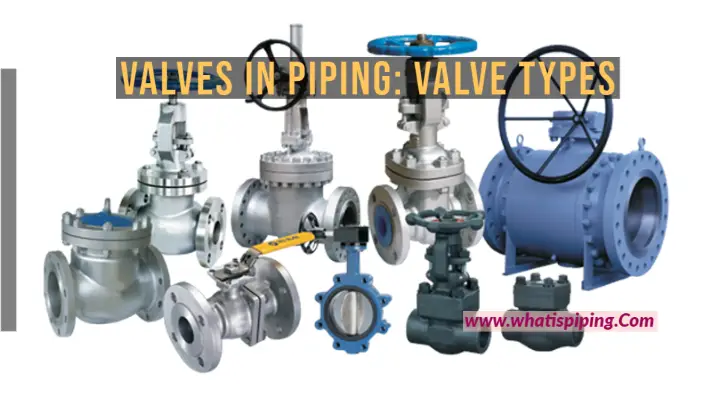
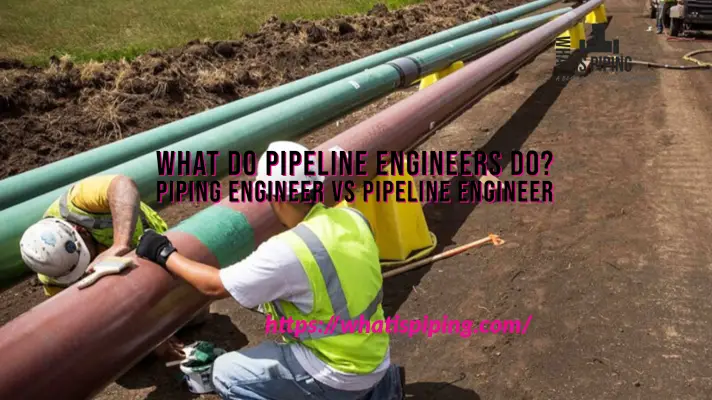

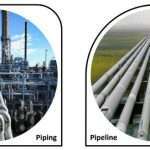
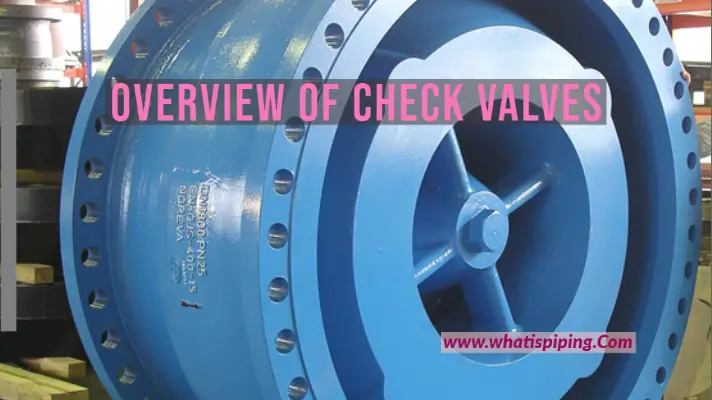
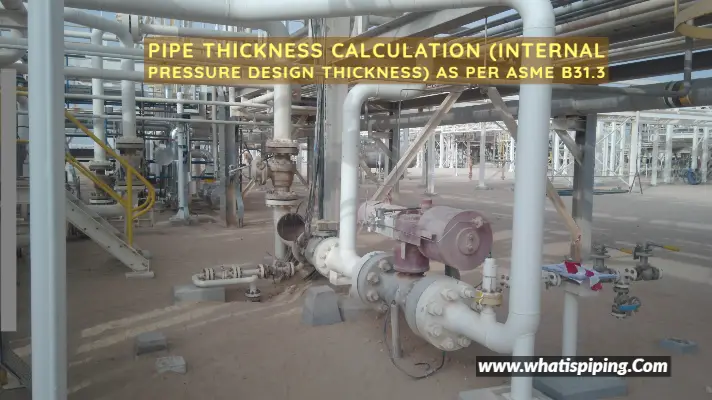
It’s great that this article explains how there are custom made fittings can help save on the cost of the pipes, such as choosing high strength material. When choosing, it would probably be a good idea to research the various manufacturers and the fittings they offer online. This could help you figure out what would work best for your system and where to purchase them so you can get the strength and other features you’re looking for.
You have written a good article about Selection of Pipes for Plant but missed an important family of material that are low alloy steels i.e P-11, P-22, P-91 that are used in High temperature and pressure for super heated steam in power plants.
Author presents exemplary outlook of the subject matter. expertise. no single stone is left to present its case.
Nice work, really helpful